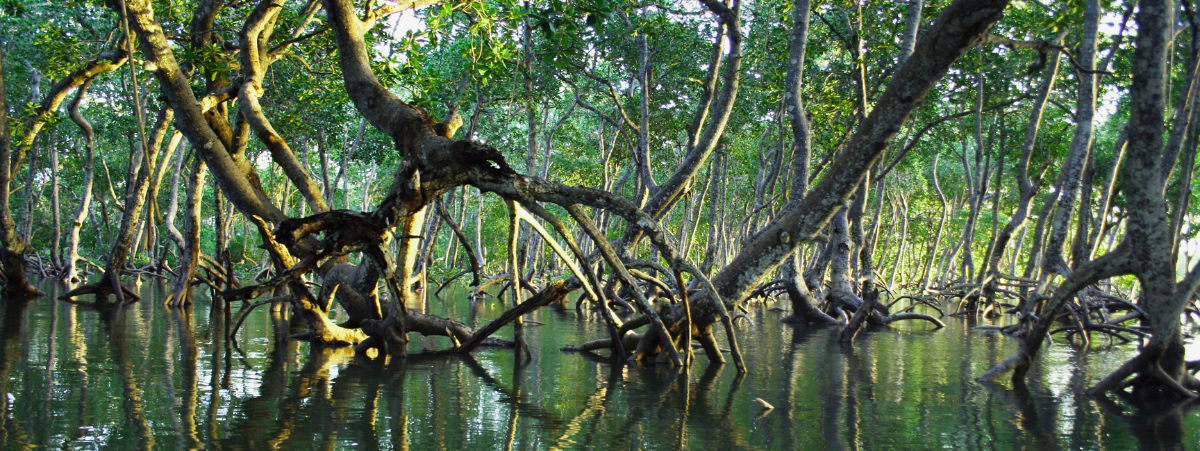
Image: Promoting wind green energy in Brazil: CORSIA Eligible
What are the challenges of the voluntary carbon market?
Media reports in 2023 highlighted concerns about the credibility of voluntary carbon markets, raising questions about their contribution to climate change mitigation, community well-being, and land rights. Critics argued that some companies were using these markets as a way to avoid genuine efforts to reduce their carbon footprints. Industry research by Trove has shown that companies that participate in voluntary carbon markets are leading across a range of measures of climate action, accountability, and ambition—across the board, outperforming companies that do not buy carbon credits. Separate research by ‘We Mean Business Coalition’ discovered:
– 1.8 x more companies are likely to be decarbonizing year-over-year
-1.3 x more likely to have supplier engagement strategies, an indicator that companies buying carbon credits are also actively working with suppliers, employees, and customers to address climate impacts.
-The median voluntary credit buyer is investing 3X more in emission reduction efforts within their value chain. They do so by investing in emissions reduction activities for their business and operations
What is the history of REDD+?
The concept of REDD (Reducing Emissions from Deforestation and Forest Degradation) initially emerged with the intention of incentivizing countries to safeguard their forests. The fundamental premise was to offer rewards as countries successfully expanded their forest cover and effectively restrained deforestation, with payments linked to measurable results.
The core idea is that to stabilize the climate, we must stop deforestation. In the absence of a more viable mechanism, voluntary carbon markets have been significant in driving the REDD+ projects forward.
What are the 5 REDD+ activities?
REDD+ aims to motivate developing nations to combat climate change by: 1) reducing greenhouse gas emissions through preventing and reversing forest loss and degradation, and 2) enhancing the absorption of greenhouse gasses by conserving, managing, and expanding forests.
The following five REDD+ activities contribute to mitigation actions in the forest sector and have been globally agreed to:
1/Reducing emissions from deforestation
2/Reducing emissions from forest degradation
3/Conservation of forest-carbon stocks
4/Enhancement of forest-carbon stocks
5/Sustainable management of forests
- SEO Powered Content & PR Distribution. Get Amplified Today.
- PlatoData.Network Vertical Generative Ai. Empower Yourself. Access Here.
- PlatoAiStream. Web3 Intelligence. Knowledge Amplified. Access Here.
- PlatoESG. Carbon, CleanTech, Energy, Environment, Solar, Waste Management. Access Here.
- PlatoHealth. Biotech and Clinical Trials Intelligence. Access Here.
- Source: https://climatetrade.com/what-is-the-future-of-voluntary-carbon-markets/



